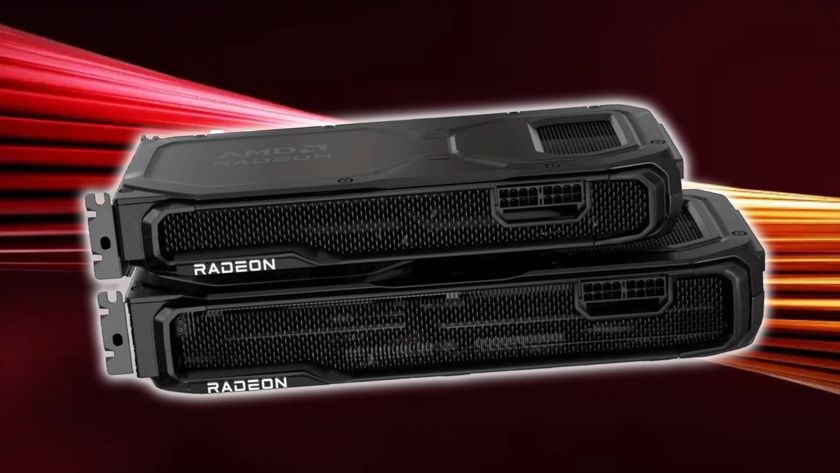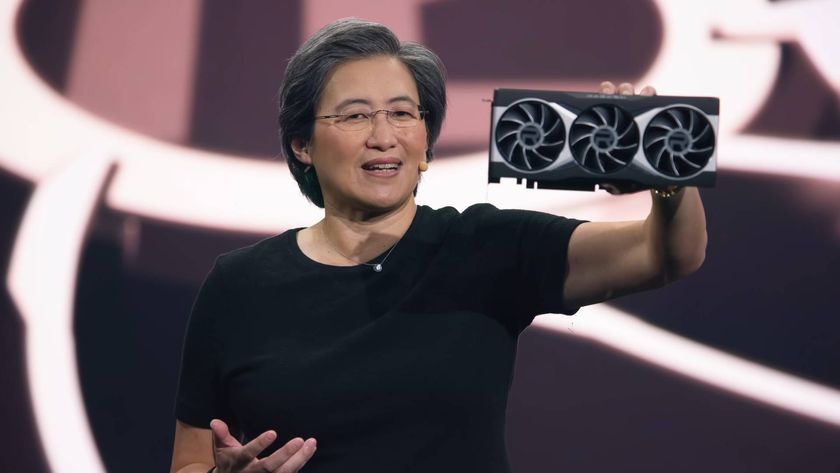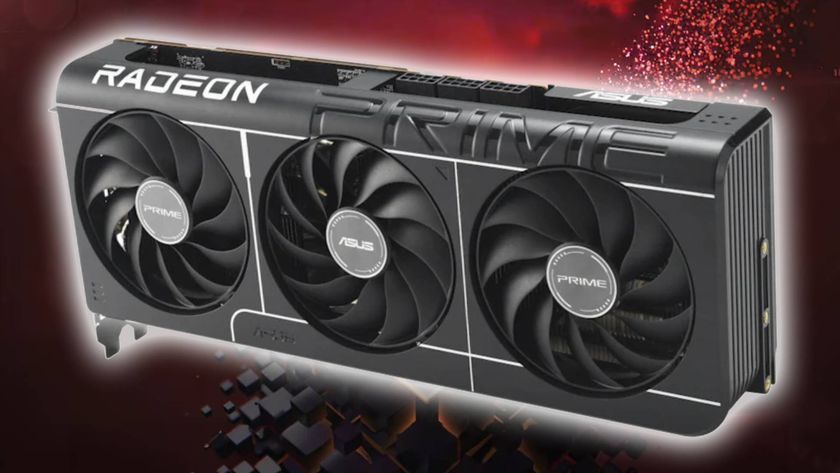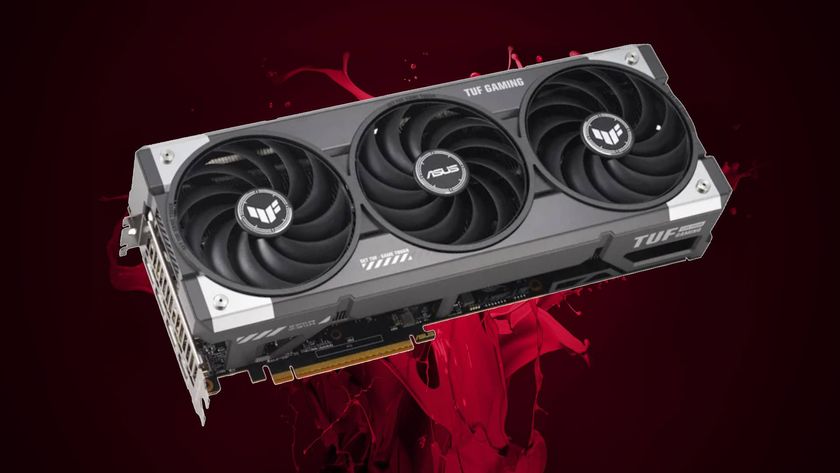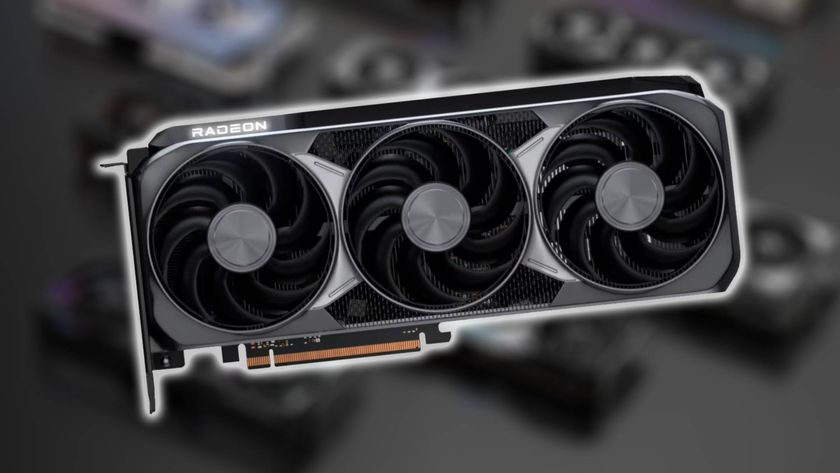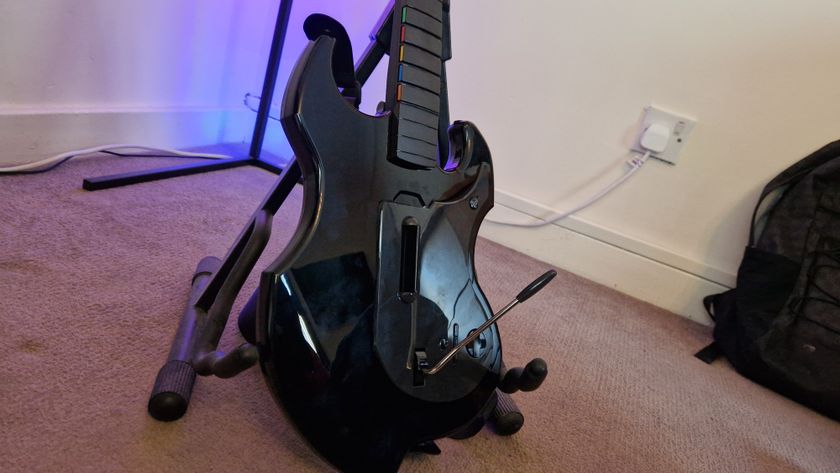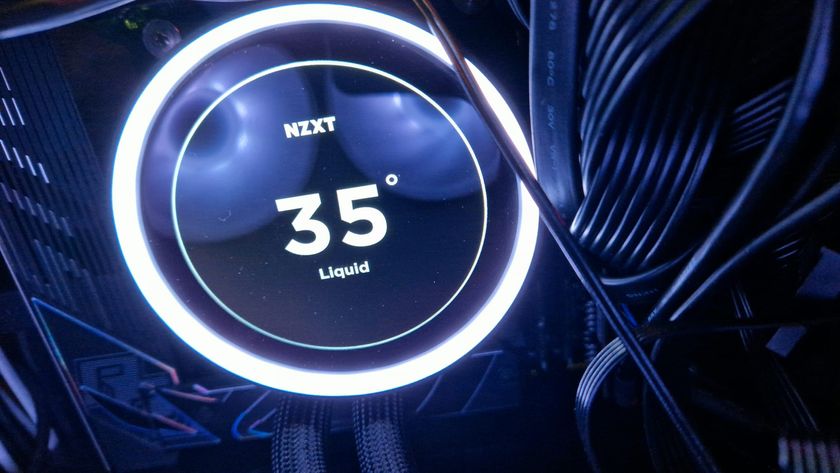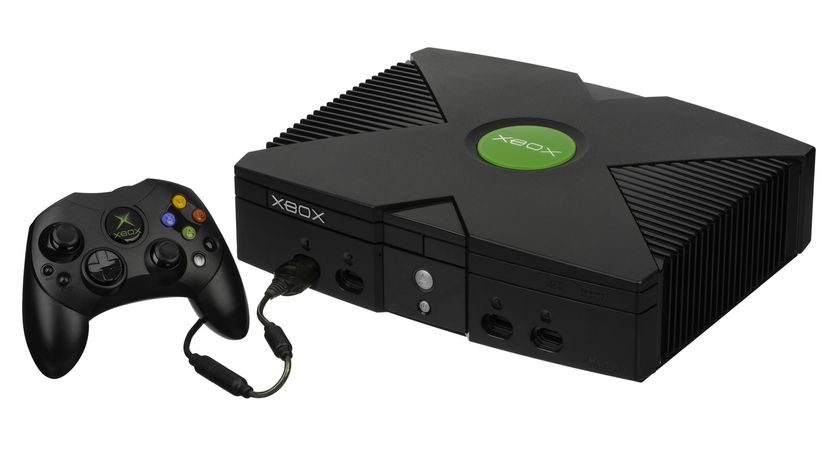AMD Radeon RX 7800 XT and RX 7700 XT finally arrive to challenge Nvidia
AMD RDNA 3 contenders enter the midrange ring

AMD just officially announced the Radeon RX 7800 XT and RX 7700 XT, and the graphics card duo will cater to 1440p gaming setups. That places them in the same ring as both the Nvidia GeForce RTX 4070 and RTX 4070 Ti, but the red team has made a popular decision with the latter in terms of VRAM.
We’ve been waiting a while for more AMD contenders to enter the best graphics card race, but with the release of the Radeon RX 7800 XT and RX 7700 XT, the company has somewhat caught up. We’ve already got a full line-up of Nvidia GPUs following the GeForce RTX 4090 down the track, but every other model should now have an appropriate competitor on its heels. That’s ultimately a good thing, as it means midrange players now have a decent collection of components to choose from, rather than just new-gen GeForce options that perform similar tricks.
Scheduled to release on September 6th, the AMD Radeon RX 7800 XT will come in at $499, while the Radeon RX 7800 XT will cost $449. That means they occupy a gap in the market between the Nvidia GeForce RTX 4070 and RTX 4070 Ti, with the RX 7800 seemingly offering better performance than the former. That part as key, as AMD could capture players looking to dabble with 4K PC gaming without forking out for premium options.
The Radeon RX 7800 XT & Radeon RX 7700 XT are available starting September 6th.Learn more: https://t.co/6ayarmdX2o pic.twitter.com/A7PdEkt52JAugust 25, 2023
According to AMD’s specs, the Radeon RX 7800 XT will come armed with 16GB GDDR6 VRAM and a 256-bit memory bus, while the RX 7700 XT wields 12GB. Despite featuring less memory, the former has 54 CU (Compute Units) compared to 60 with the RX 7800 XT, which isn’t too much of a drop considering. Clock speeds aren’t drastically different either, with the both cards pulling off 2,544Mhz and 2,430Mhz boost clocks respectively.
The main difference between the RX 7800 XT and RX 7700 XT is with VRAM, and offering 16GB is somewhat praiseworthy. While the company’s last graphics card, the AMD Radeon RX 7600 sticks with the same 8GB setup as the GeForce RTX 4060, the new midrange offering beats out the 12GB RTX 4070 Ti. At least it does in terms of raw volume, but the green team’s card is rocking faster GDDR6X modules.
While we’re onto comparison, AMD claims the RX 7800 XT can provide 3.5% better performance on average at 1440p than the RTX 4070. With ray tracing thrown into the mix, the card is up to 23% faster, but victory isn’t a given across all internal benchmarks. The RX 7700 XT is apparently 12% faster than the RTX 4060 Ti, meaning it may serve as a middle ground option between it and the RTX 4070.
It’s worth noting that performance perceptions could drastically change with AMD FSR 3, as the DLSS 3 rival will arrive this fall. Just like with Super Resolution and Frame Generation, fps boosting tech like ‘Fluid Motion Frames’ won’t be included with every game, but we should see a massive uplift in releases that do embrace the tech. AI upscaling is arguably now key when it comes to maintaining decent performance on PC, and we’re eager to see what AMD is truly cooking up on that front.
Sign up to the 12DOVE Newsletter
Weekly digests, tales from the communities you love, and more
Not interested in batting for either team? You might want to head over to our Intel Arc A770 review, as the graphics card proves itself to be an excellent entry-level alternative. Of course, there are also tons of GPUs you can potentially pick up for less than new-gen options, and should be able to snag one below.
Looking for an entire rig? Check out our best gaming PC picks for 2023. Alternatively, take a glance at the best gaming laptops for our favourite portable powerhouses.

I’ve been messing around with PCs, video game consoles, and tech since before I could speak. Don’t get me wrong, I kickstarted my relationship with technology by jamming a Hot Wheels double-decker bus into my parent’s VCR, but we all have to start somewhere. I even somehow managed to become a walking, talking buyer’s guide at my teenage supermarket job, which helped me accept my career fate. So, rather than try to realise my musician dreams, or see out my University degree, I started running my own retro pop culture site and writing about video games and tech for the likes of TechRadar, The Daily Star, and the BBC before eventually ending up with a job covering graphics card shenanigans at PCGamesN. Now, I’m your friendly neighbourhood Hardware Editor at GamesRadar, and it’s my job to make sure you can kick butt in all your favourite games using the best gaming hardware, whether you’re a sucker for handhelds like the Steam Deck and Nintendo Switch or a hardcore gaming PC enthusiast.
